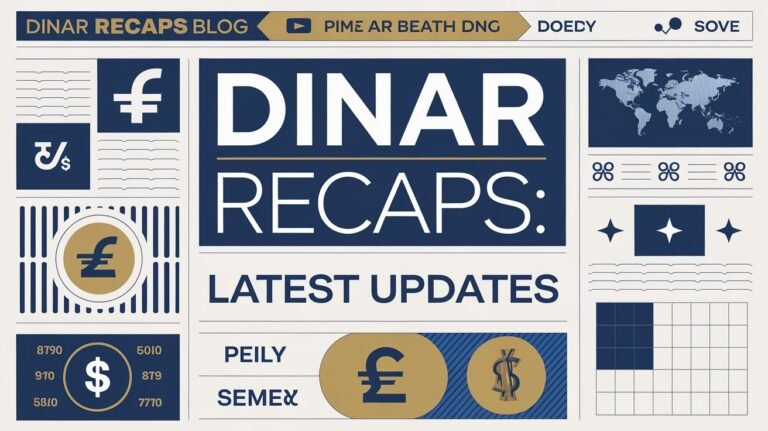10 Smart Tips to Get Disfinancified and Finally Take Control of Your Money
In a world where financial uncertainty is the norm and debt is almost a given, the idea of becoming “disfinancified”—a made-up yet powerful term that embodies the freedom from financial chaos—is something more people are striving for. Whether you’re drowning in credit card debt, living paycheck to paycheck, or just tired of feeling anxious every time you check your bank account, you’re not alone. The good news is, you can reclaim control. This guide will walk you through 10 smart, actionable tips to help you get disfinancified and finally take control of your money.
1. Understand What “Disfinancified” Really Means
Before diving into the practical steps, it’s crucial to define what being disfinancified entails. It’s not just about being debt-free. It’s a mindset, a financial lifestyle where your money works for you instead of the other way around. Being disfinancified means you’re no longer in the cycle of debt, impulse spending, and financial avoidance. It’s about peace of mind, clarity, and long-term security. This shift begins with understanding your financial habits and breaking free from the patterns that have kept you financially stuck.
2. Create a Brutally Honest Budget
A budget isn’t a punishment; it’s a roadmap. And if you’re serious about getting disfinancified, you need to start by looking at the cold, hard numbers. List every expense—yes, even the $6 coffee and random online purchases. Break your spending down into fixed (rent, utilities) and variable (entertainment, dining out) categories. Compare it against your actual income. The goal is to spend less than you earn, consistently. This might mean making some tough choices, but it’s the foundation of financial freedom.
3. Cut Out Financial Dead Weight
Take a hard look at your monthly subscriptions, unused gym memberships, and recurring services. Are you actually using Netflix, Spotify, Disney+, Hulu, and HBO Max all at once? Probably not. Cancel what you don’t need. Then dig deeper—maybe it’s the extra car you hardly use or the storage unit filled with forgotten stuff. Trimming these financial vampires can free up hundreds each month. That money can be rerouted to debt repayment, savings, or investments.
4. Build an Emergency Fund Like Your Life Depends on It
Because, in a way, it does. Emergencies are inevitable—car repairs, medical bills, job loss. If you don’t have a financial buffer, these events can drag you back into debt. Start with a mini emergency fund of $1,000. Then aim to save 3 to 6 months’ worth of living expenses. Keep it in a high-yield savings account so it’s accessible but not too easy to dip into. An emergency fund gives you options—and peace of mind.
5. Kill Your Debt Strategically
Getting disfinancified means shedding debt like a snake sheds its skin. Use either the snowball method (pay off the smallest debt first to gain momentum) or the avalanche method (pay off the highest-interest debt first to save money). Whichever route you choose, stick with it. Automate your payments, negotiate interest rates, and avoid adding new debt while you’re paying down the old. It’s not just about clearing balances—it’s about changing your relationship with borrowing.
6. Automate the Right Things
Automation is your financial ally. Set up automatic transfers to your savings and retirement accounts. Pay your bills automatically to avoid late fees. The less you have to think about your finances, the more consistent you’ll be. Just make sure you’re still reviewing everything monthly so you catch any errors or changes in your budget. Automation creates discipline without draining your willpower.
7. Learn the Language of Money
Most people aren’t broke because they’re bad with money—they’re broke because they never learned how money actually works. Getting disfinancified requires financial literacy. Learn the basics of compound interest, how credit scores work, tax strategies, and investment principles. Read books like The Psychology of Money or Your Money or Your Life. Follow financial educators on social media. The more you know, the more confident and empowered you’ll feel.
8. Increase Your Income (Without Burning Out)
While cutting expenses is crucial, there’s a limit to how much you can trim. On the other hand, income potential is often more flexible. Can you take on freelance work, monetize a hobby, or ask for a raise? Maybe it’s time to switch careers or upskill into a higher-paying role. The trick is to grow your income without sacrificing your well-being. Use the extra money to accelerate your goals, not inflate your lifestyle.
9. Stop Chasing Lifestyle Illusions
One of the main reasons people stay broke is because they’re trying to look rich. Fancy cars, designer clothes, and luxury vacations might impress strangers, but they won’t build wealth. Getting disfinancified means shifting from a consumer mindset to a value-driven one. Spend on what genuinely matters to you. Skip the flexing. Real wealth is quiet. Focus on long-term financial health, not short-term validation.
10. Set Clear, Concrete Financial Goals
You can’t hit a target you can’t see. Want to buy a home, travel more, retire early, or start a business? Break it down into measurable steps with timelines and dollar amounts. Use tools like vision boards, spreadsheets, or financial apps to stay on track. Celebrate your wins, no matter how small. Clear goals keep you motivated, focused, and accountable.
Final Thoughts: Getting Disfinancified Is a Journey, Not a Quick Fix
Becoming disfinancified isn’t about being perfect with money. It’s about being intentional, aware, and in control. It’s a mindset shift backed by practical habits. You’ll have setbacks—that’s normal. But if you stay consistent, informed, and committed, the progress will compound. Your future self will thank you for starting today.
So go ahead—take these 10 smart tips, apply them ruthlessly, and start your journey toward financial freedom. Disfinancify your life, one decision at a time.
Read Also Our This Post: GoMyFinance.com Create Budget Tool – Manage Money Like a Pro!







